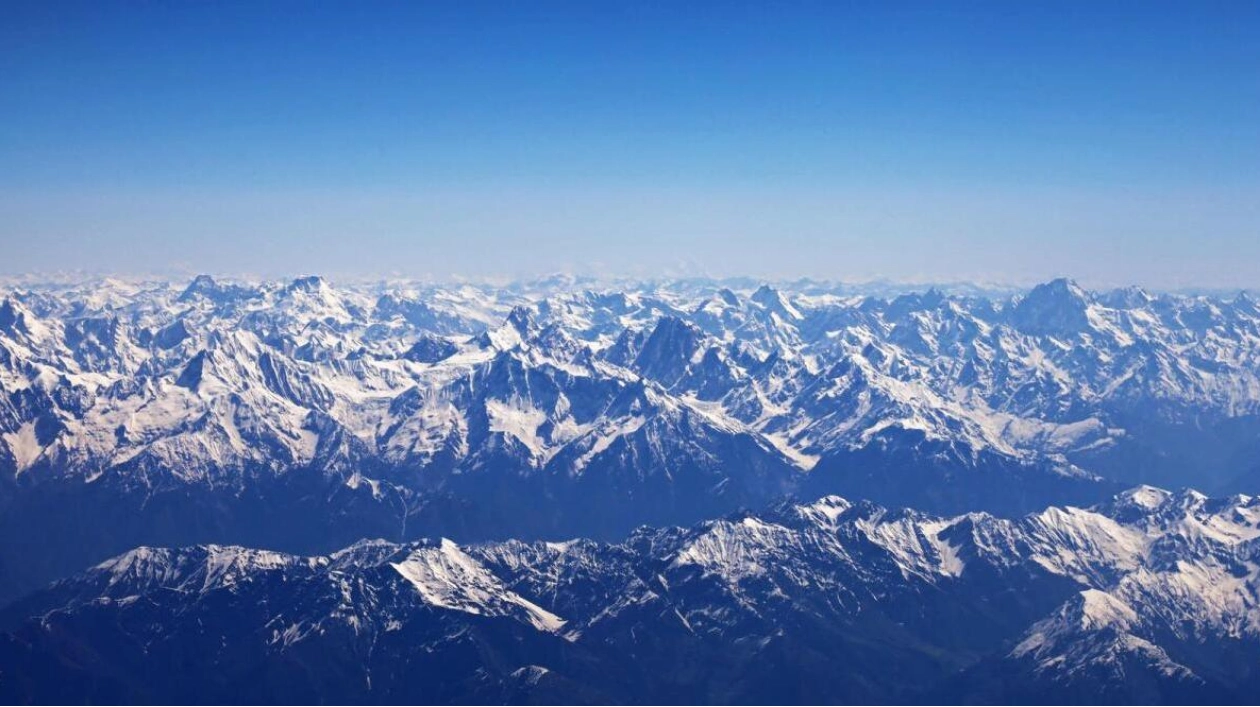India is establishing advanced warning systems at approximately 200 Himalayan glacial lakes that are in danger of breaching their banks, a perilous situation intensified by climate change, according to disaster officials on Tuesday. The Indian Himalayas are home to at least 7,500 glacial lakes, many of which are at risk of causing catastrophic flash floods. Teams from India's National Disaster Management Authority (NDMA) are focusing on 190 high-altitude lakes considered the most hazardous, with the project expected to span three years.
"We have already made significant progress in reducing risks," said Safi Ahsan Rizvi, a senior NDMA official leading the mission, in an interview with AFP. A glacial lake outburst flood (GLOF) refers to the abrupt discharge of water accumulated in former glacier beds. These lakes are created by the retreat of glaciers, a natural process accelerated by human-induced climate change. An ongoing expedition is installing early warning systems around six high-risk lakes in the northeastern state of Sikkim, where at least 77 people perished in such a flood in October 2023.
"We have completed 20 lakes so far, and plan to finish 40 this summer," Rizvi stated. The project will also involve reducing the water levels in lakes by removing accumulated water and ice slush. The teams consist of experts from the army and various government agencies, including the Indian Space Research Organisation, geologists, hydrologists, computing engineers, and weather specialists. India's air force is anticipated to join the mission later, transporting heavy equipment to remote locations.
The mission will extend across the Himalayan regions of India, from Kashmir and Ladakh in the north to Arunachal Pradesh in the northeast, many of which border China. Climate change is causing the disappearance of glaciers, with half of the Earth's 215,000 glaciers expected to melt by the end of the century, even if global warming is limited to 1.5 degrees Celsius above pre-industrial levels. The volume of glacial lakes has increased by 50 percent over the past 30 years, according to a 2020 study based on satellite data. A study published in Nature Communications revealed that 15 million people live within 50 km of a glacial lake and within one km of potential flooding from a breach. The highest risk is in the "High Mountains Asia" region across 12 countries, including India, Pakistan, China, and Nepal, partly due to the higher population density near glacial lakes.
Last month, a glacial lake outburst in Nepal's Everest region caused a destructive flood through the village of Thame, destroying buildings. However, residents had prior warning, and there were no casualties. The International Centre for Integrated Mountain Development (ICIMOD) noted that this incident clearly demonstrated the "catastrophic impacts" of rising global temperatures on people who have contributed the least to the greenhouse gases driving climate change.






